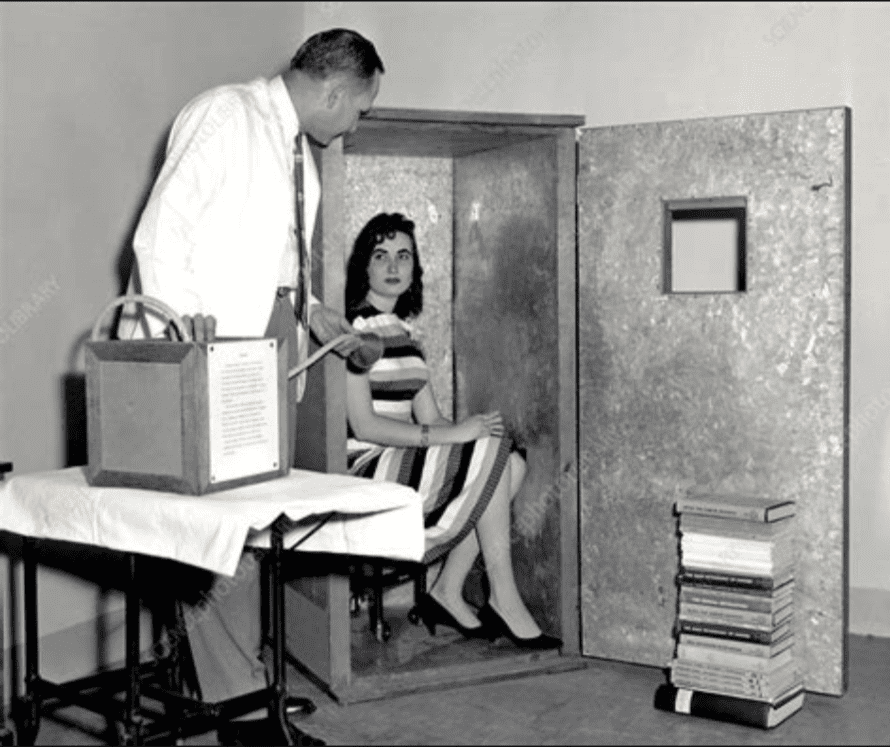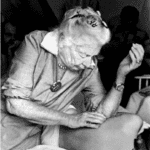
The following article is a 3:30 read
Somatic healing is a term often found in holistic or alternative medicine, but its fluidity and broad scope can make it confusing to define. Because of its vagueness, the term is relatively easy to apply to different practices to make them sound more legitimate or intriguing. Unfortunately, it’s a term that sometimes gets overused.
What Is the Somatic Nervous System?
Somatic healing targets the somatic nervous system… but that doesn’t really clarify much. The somatic nervous system is the part of the nervous system that controls conscious sensory information and voluntary movement. It gathers active awareness through touch, taste, smell, sight, and sound, then initiates muscle movement and responses. This system is the part of the nervous system most easily accessed and controlled through intentional movement.
How Does Somatic Healing Work?
The foundation of somatic therapies is the idea that physical body work can help reduce trauma responses, improve emotional stability, and relieve physical pain caused by emotional stress. Somatic therapies are based on the premise that emotions cause physical pain and that manual practices can alleviate psychological or emotional stress.
Somatic Healing History:
Yoga and Ayurveda are considered the oldest somatic healing practices, although the term “somatic” wasn’t coined until the 1900s.
One of Freud’s protégés began working with what is now considered a somatic framework during the 1920s and 1930s. At the time, Wilhelm Reich’s psychoanalytic work was popular, though it has since been largely discredited due to controversial claims lacking scientific credibility. Reich famously proposed that psychological health was linked exclusively to orgasm and coined the term “orgone energy” to promote this concept. He even marketed “Orgone Accumulators,” chambers about the size of an infrared sauna, claiming they promoted healing. The FDA eventually banned these chambers due to a lack of evidence supporting their health benefits.
In 1937, Mabel Elsworth Todd published The Thinking Body, a movement guide for ballet that outlined concepts which became the foundation of modern somatic healing and remains a cornerstone of the field.
Throughout the mid-1900s, several psychologists put their own spin on somatic therapy. The most widely recognized today is Ida Rolf, who developed the popular Rolf Method, or Rolfing. Rolfing involves deep fascia and muscle massage aimed at treating physical problem areas and releasing emotional tension causing pain. Many practitioners claim it helps alleviate physical tension and can also trigger mood shifts or the emergence of repressed memories.
The 1970s and 1980s saw more pioneers develop somatic methods, though the term remained relatively niche. These methods often involve specific movements designed to retrain the nervous system through methodical, fluid motions. Some focus on rocking, wave-like patterns intended to re-pattern the nervous system into a calm and safe state.
By the 2000s, as yoga and meditation became mainstream, psychologists and healing practitioners increasingly adopted somatic therapies. People grew more open to exploring “mind-body” work and the idea that chronic emotional pain can translate into physical pain. Health influencers like Dr. Oz helped popularize somatic techniques such as breathwork and yoga.
In 2014, the book The Body Keeps the Score by Bessel van der Kolk became an instant bestseller, transforming how therapy views the physical effects of trauma. It is now widely embraced by social workers, recovery professionals, and therapists.
Today, many popular treatments and mainstream practices overlap with somatic work. You might be more likely to see “somatic healing” listed on a spa menu than in a therapist’s office. Craniosacral therapy and myofascial release are both somatic treatments. Acupuncture, gua sha, and Qigong are also considered somatic practices.
Next week, we will cover various somatic therapies – which ones work and what to avoid.


